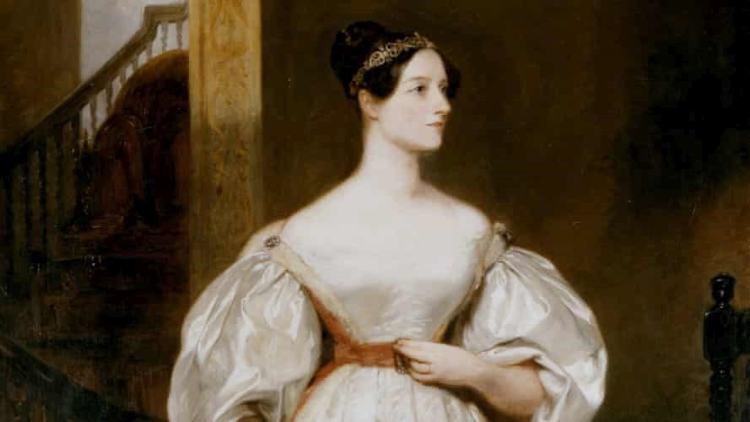The Philosophy of Numbers

The multitalented Ada Lovelace (b. 1815) was a mathematician and is often regarded as the world's first computer programmer.
What are numbers? You can’t think them into existence mentally. You can’t bump into them physically. And you’d be wild to follow Plato in believing they exist as changeless abstract objects outside of spacetime. So what are they?!
Let’s start with 2.
‘“2” denotes a pair of things,’ you might say, pointing two fingers from a clutched hand.
But that’s cheating! Here ‘pair’ signifies what 2 is, ensuring your definition is circular, like a serpent eating its tail. The challenge applies to all numbers, not just 2, all the way to infinity.
[Cantor to the rescue!]
Mathematician Georg Cantor offered an interesting solution with his theory of infinite sets.
Sets are definable collections of things, not just numbers. For example, take teacups, black cats, and books. Each collection is a set because its members share something in common: they are all kinds of teacups, black cats, or books. In set-theoretic notation we might group together a set M of mathematicians, {Euclid, Lovelace, Turing … }, in which Lovelace, l, is a member. Thus l ∈ M (‘l is a member of M’).
We use the same syntax for numbers.
Let’s start with absolutely nothing (zero) and symbolise it with ‘∅’.
Then let’s say ‘1’ is the set of nothing, {∅}.
Nice.
Then let’s say ‘2’ is the set of ‘1’, { {∅} } …
Woo! Can you see what’s happening? We’re actually defining 2 without reference to itself! And we can go on infinitely (in theory)!
Numbers, Cantor thought, are expressions of sets of sets of sets … each a distinct object.
His philosophy on the nature of numbers was a precursor to further work, in which he claimed mathematicians were free to posit the existence of abstract things so long as they were devoid of internal contradiction.
However, Cantor’s view is controversial: if you think about it, he argued that ∅—nothing!—founds all other numbers like 1, 2, and 3. This is a bit absurd, don’t you think?
